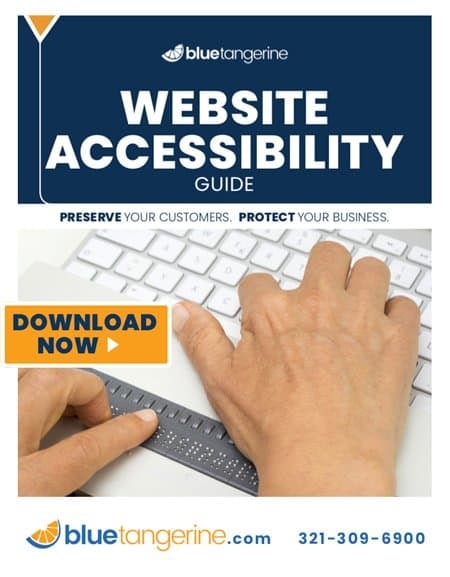Over the last two years, there has been a significant increase in lawsuits with companies being sued because their websites do not meet current accessibility standards.
This increase in legal activity is getting the attention of many of our home builder and retailer clients. The obvious question that is being asked is “What do I need to do to my website to avoid being sued?” Unfortunately, the exact legal standard of what a website must do in order to be considered accessible and protected from legal action is currently vague and difficult to fully measure. This lack of clarity is leading to a lot of legal uncertainty.
At the end of July 2019, a group of US Senators, led by Senator Chuck Grassley from Iowa, reached out to Attorney General William Barr asking for an update on efforts to clarify the current legal landscape regarding the application of the Americans with Disabilities Act (ADA) to commercial websites. I want to applaud these Senators for taking the time to address this important issue.






